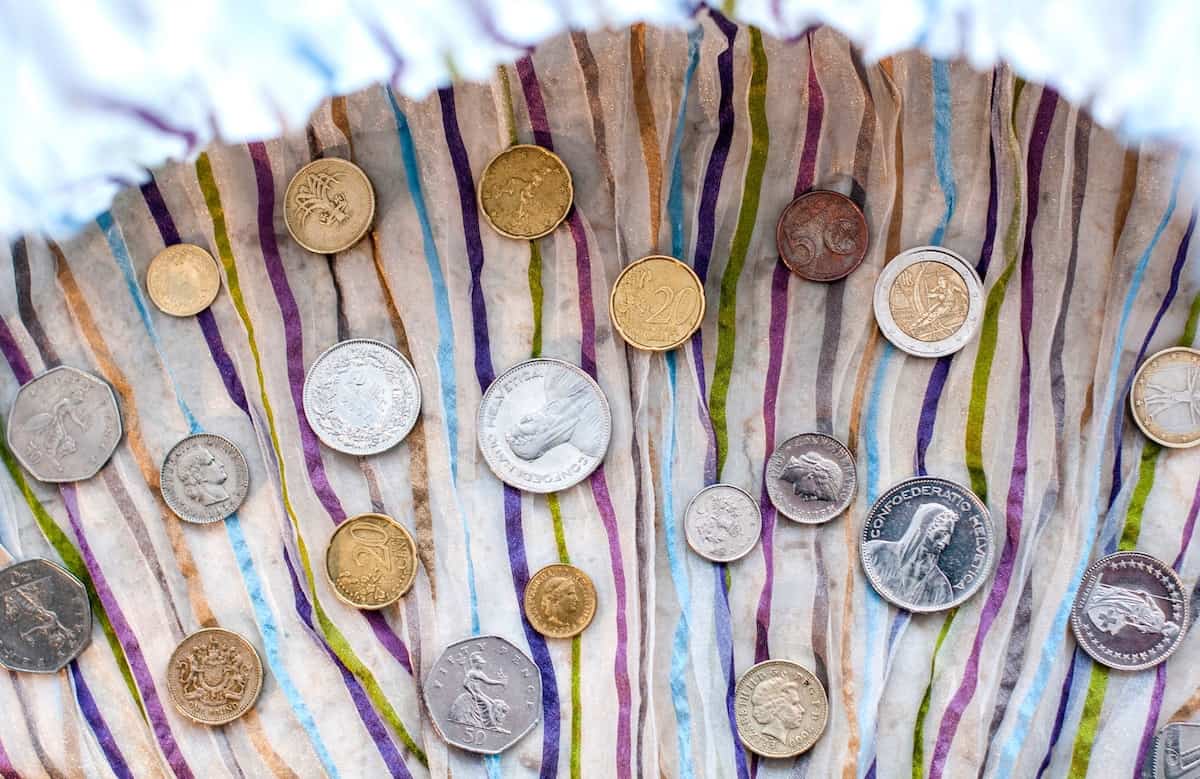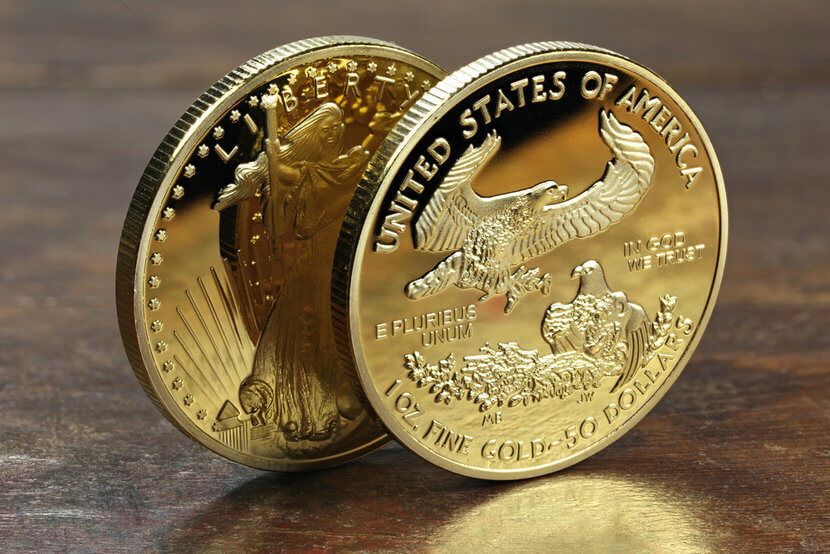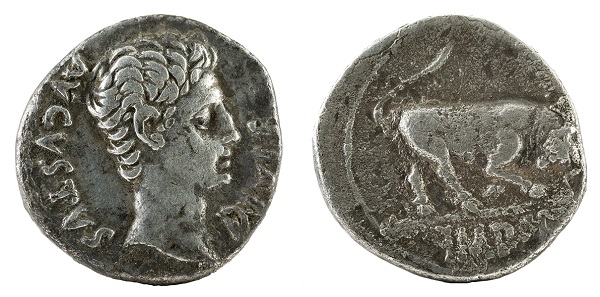A-Coin Pays The Most! Our business model is simple: we pay the most and sell for the least. We have been doing business in Jacksonville, Florida for over forty years. Our buying power, coupled with the many relationships that we have with collectors all over the world, enables us to give you top dollar for your valuables. Acoin price today is. $0.061629 USD with a 24-hour trading volume of $0.000010 USD. Acoin is down 17.25% in the last 24 hours. The current CoinMarketCap ranking is #1938, with a market cap of $75,192.80 USD. It has a circulating supply of 1,220,085 ACOIN.
© Mike Blake/Reuters “The flow of coins through the economy has gotten all — it’s kind of stopped,' Fed Chair Jerome H. Powell said Wednesday.Here’s a new crisis the coronavirus pandemic is responsible for: a nationwide shortage of quarters, dimes, nickels and pennies.
The economic shutdowns to stem the spread of the novel coronavirus, spurring the deepest recession in decades, have had the unintended consequence of halting the flow of coins through households, businesses and banks, the head of the Federal Reserve confirmed Wednesday.
As the economy ground to a halt earlier this year, “the flow of coins through the economy has gotten all — it’s kind of stopped,” Fed Chair Jerome H. Powell said in a Wednesday hearing before the House Financial Services Committee. Powell said the Fed has been working with the U.S. Mint and reserve banks to fix the temporary issue.
“The places where you go to give your coins, and get credit at the store and get cash — you know, folding money — those have not been working. Stores have been closed,” Powell said. “So the whole system has kind of, had come to a stop. We’re well aware of this. … As the economy reopens, we’re seeing coins begin to move around again.”


Earlier this week, the Federal Reserve banking system issued a note warning banks that it would start rationing coins, along with working with the U.S. Mint, to fix the coin supply chain problems.
The pandemic “has significantly disrupted the supply chain and normal circulation patterns for U.S. coin,” including pennies, nickels, dimes and quarters, according to the Federal Reserve Banks. In the past few months, coin deposits from depository institutions — such as credit unions, commercial banks and community banks — have dropped. The U.S. Mint’s coin production has also fallen “due to measures put in place to protect its employees,” the Reserve Banks said.
House lawmakers largely questioned Powell about the Fed’s vast portfolio of emergency relief programs, and how the central bank is helping Americans kicked out of the workforce, midsize companies served by the Main Street Lending program and the overall stock market.
Rep. John Rose (R-Tenn.), however, said he has been hearing concerns from banks in his district that are receiving only a fraction of their weekly coin orders.


Rose mentioned one particular bank that may run out of coins by the end of this week or weekend and asked if the issue was on Powell’s radar.
“They should certainly be in touch with their reserve bank to report this situation,” Powell responded. “We’ve been working on this problem and very much appreciate you bringing it to our attention.”
Randy Graham, CEO of First National Bank of Tennessee, said his bank got a notice from the Fed late last week to expect issues with the typical coin supply. Graham said the short notice made it difficult to build up existing stock or offset the loss with new orders of coins, even if the Fed expects the interruption to be short-lived.
Graham said his bank and others are working to make sure customers can still access the services they need, even with such diminished supplies. But absent further guidance from the Fed or a more specific timeline, answers are hard to come by, Graham said.
“I would love to be able to know what the word ‘temporary’ — what the anticipation is about the specific amount of time,” Graham said. “My biggest concern is how it gets communicated out to the public.”
The U.S. Mint is the country’s issuing authority for coins and determines annual coin production. The Reserve Banks provide the mint with monthly coin orders and a 12-month rolling coin-order forecast.
Www.a-coin.com
The U.S. Mint did not immediately respond to a request for comment.
The Fed “is working on several fronts to mitigate the effects of low coin inventories,” according to the Federal Reserve Banks note. That includes working with the Mint to reduce supply issues and maximize production capacity, along with encouraging depository institutions to order only the coins they need to meet short-term customer demand.
A Coin Is Tossed 5 Times
“Although the Federal Reserve is confident that the coin inventory issues will resolve once the economy opens more broadly and the coin supply chain returns to normal circulation patterns, we recognize that these measures alone will not be enough to resolve near‐term issues,” the note said.